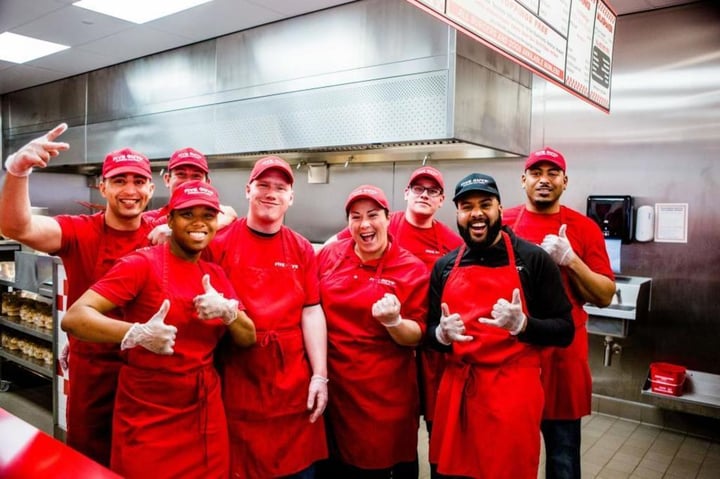
- Home
- Crunchtime Blog
- Got Earned Hours? How to Measure Your Shift Scheduling Effectiveness

Got Earned Hours? How to Measure Your Shift Scheduling Effectiveness
For many restaurants, labor accounts for one-third or more of their cost of sales. Having the optimal number of employee’s on-the-clock during any shift is critical to that restaurant's profitability.
Many restaurant chains, however, only measure how well their managers are at executing schedules based on sales forecasts. But what if a restaurant’s actual sales don't match its forecasted sales? In this instance your restaurant may have either too many or too few employees scheduled for certain shifts, and that can spell trouble for guest experience and profitability.
The concept of "earned hours" gives you a powerful lever to help optimize your schedules.
Nobody ever said restaurant labor management was easy! Thankfully, technology can help make restaurant operations management more straightforward.
Why“Earned Hours” are Important for Evaluating Restaurant Managers
Earned Hours indicates how long your employees should have worked based on the actual sales during their shift.
This is a great metric to evaluate your managers' staffing adjustments in response to sales conditions throughout the day. Analyzing a manager’s Earned Hours can help drive better schedule planning, execution, and reaction in the future.
A manager's Earned Hours performance is determined by their Actual Hours-to-Earned Hours Variance. The (+/-) variance is derived from calculating Actual Hours (how many hours the employees worked) – minus – Earned Hours (how many hours they should have worked given the actual sales performance). The resulting (+/-) variance indicates how well or poorly a manager reacted to real-time restaurant sales performance against the implemented employee schedule plan.
If the Actual-to-Earned Hours Variance is close to zero, they are doing a good job calling in extra people or sending people home during busy or slow days, respectively. If the variance is too high or too low, there's likely a problem that needs to be fixed. It may mean they aren't properly reacting to sales conditions that require schedule adjustments. These managers should be coached by an experienced supervisor about how to be more responsive to current conditions.
Top operators know that effective restaurant operations management is the key to a more profitable organization, and with labor being a top expense for restaurants, it needs to be carefully managed. A labor management solution will help your team optimize schedules and reduce labor costs.
Want to learn more about using earned hours to measure your shift scheduling performance? Contact us today.
Share this post
Related


How 3 Top Restaurant Brands Are Helping the Environment

